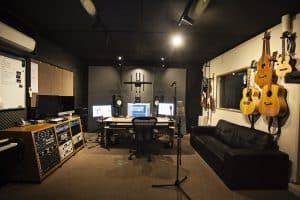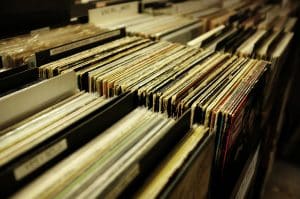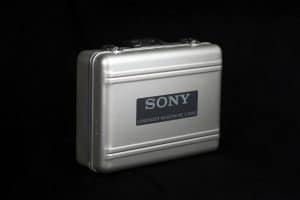Recording Studio: The harmonica was first invented in China, a few thousand years ago. This instrument, called the “Sheng”, had bamboo reeds, and became a prominent instrument in Asian traditional music. The Sheng was introduced to Europe in the late 18th century, and soon became popular.
Recording Studio: the Harmonica in Europe
In the early 19th century, European instrument makers began experimenting with instruments using metal reeds, instead of the wooden ones used in the Sheng. In about 1820, a young instrument maker named Christian Friedrich Buschmann created an instrument with metal reeds, which he called “The Aura”. This instrument became popular, however it only provided blow notes.
Around 1825, a European named Richter invented an instrument which has become the modern harmonica. This instrument had 10 holes and two reed plates, each with 10 metal reeds. This meant that each hole had two reeds, one which sounded when blowing, the other which sounded when breathing in. The notes Richter chose for the reeds in his instrument are the same as current diatonic harmonicas.
Recording Studio: Harmonica Mass Production
Mass production of harmonicas began in Vienna in 1829. Harmonicas were soon produced in other cities as well. In Trossingen, a village in Germany, Christian Messner and his cousin Christian Weiss began producing harmonicas in their spare time (their main craft was clockmaking). This business became successful. Some years later, another Trossingen clockmaker, named Matthias Hohner, visited Messner and Weiss, and learnt their harmonica construction technique. He then began his own harmonica business.
Recording Studio: Harmonica Matthias Hohner
Matthias Hohner was apparently not a very good harmonica player, however he was an excellent businessman. He bought out his competitors, and in 1862 began exporting harmonicas to the United States, which soon became his largest market. Hohner continued to expand the business, and in 1900 he handed it over to his 5 sons.
Throughout the first half of the 20th century, the popularity of the harmonica continue to grow. In particular, harmonica bands, with many people playing together, were very popular. The Chromatic harmonica, which include a buttom on the side, allowing all notes to be played, was developed by Hohner. In the 1930’s, Larry Adler became the most famous player of this instrument, and remained so until his death in 2001.




